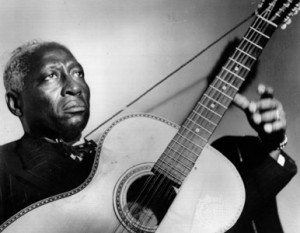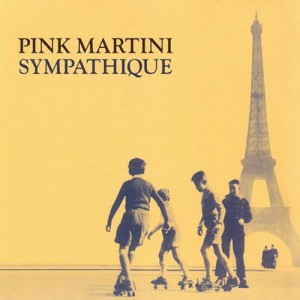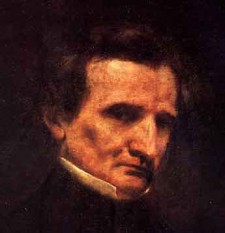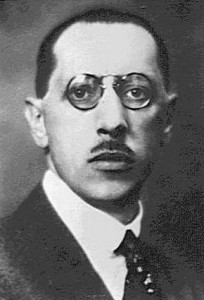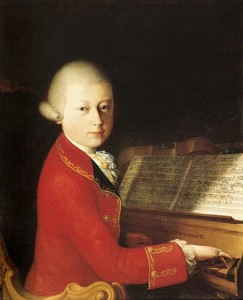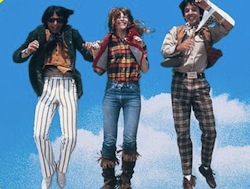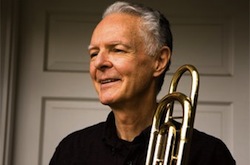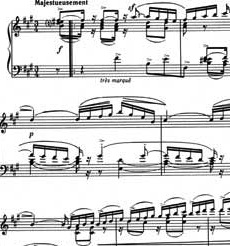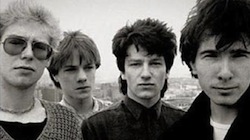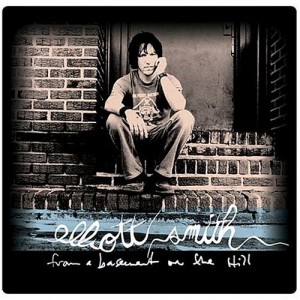Tonight was some folk / blues and Mozart. Mostly a few collections (including some old Tower Records samplers and the ‘O Brother Where Art Thou’ soundtrack) and the Muddy Waters Chess compilation, and the Mozart discs were made up of the Piano Quartets and his six quartets for Haydn. The folk and blues compilation ripping though was inspired by an assembly held for the student’s at Celia’s school. Every month, a few students from each K-2 grade classes are chosen to be honored students. All the other students in the class get to put together a list of why the honored students are people they like, the teacher adds something, and then the principal of the school gives each kid a little certificate with the list. During the assembly, the list is read, and parents are invited to attend. It is really very sweet, and Celia was in the first group of honored students for this school year. Tamiko and I made it to the assembly and were just so impressed with how this school teaches kids about what recognition is and how this sort of thing really makes them feel welcome in these first few years of school. And there was lots of positive reenforcement for good behavior with the kids (which is pretty impressive considering that there were 150 or so kids under the age of 8 in one room… they were all great, and they were told so).
Seeing Celia get her certificate was great. She stood with her classmates, waved at friends and blew kisses. She waved at me, Tamiko and Mira, and didn’t hide her head when the principal read about her. It’s amazing to see my little girl adapting to this new environment so quickly and so well. There are, of course, tons of challenges ahead but so far, she seems to be enjoying herself and learning so much.
My next favorite part of all this though we the fact that the music teacher was an important part of the assembly. Once things officially started, all the students stood up, turned towards the parents and sang a song together. This wasn’t a concert, no one was dressed up or told what was going to be performed ahead of time. The principal mentioned a song, and the kids sang it. What made it so special for me was the sense that it wasn’t special – it was just part of their day.
Even more amazing to me though was what happened before anything officially began. The music teacher started to play a relaxed waltz, then suddenly half the kids began to sing ‘Goodnight Irene’. Some very sweet music (recorded by Alan Lomax in the 40s with Leadbelly singing) makes its way to into my kid’s assembly. There was no verbal announcement, but at the same time, the music teacher playing this waltz was recognized by most of the students and they just started to sing. It blew me away… what lucky kids to have this be such an important part of their school.
So – I had to find my Alan Lomax discs with Leadbelly which led to a few other discs and a couple blues discs. I get so caught up in the centuries of music history from western Europe that when I realize the rich musical heritage my own country has created I find myself surprised over and over again. Part of me is a little ashamed of this, that this music isn’t just more of a part of my life (especially since I enjoy it so much), but I am also realizing that is part of what having kids is about. Celia and Mira have reminded me so much already about things that I have forgotten about, and part the excitement for me of Celia heading off to school is that I get to learn so many things again. What surprised me the other day is that for some reason I didn’t think music was going to part of that reminding. I’m excited now that it is.


